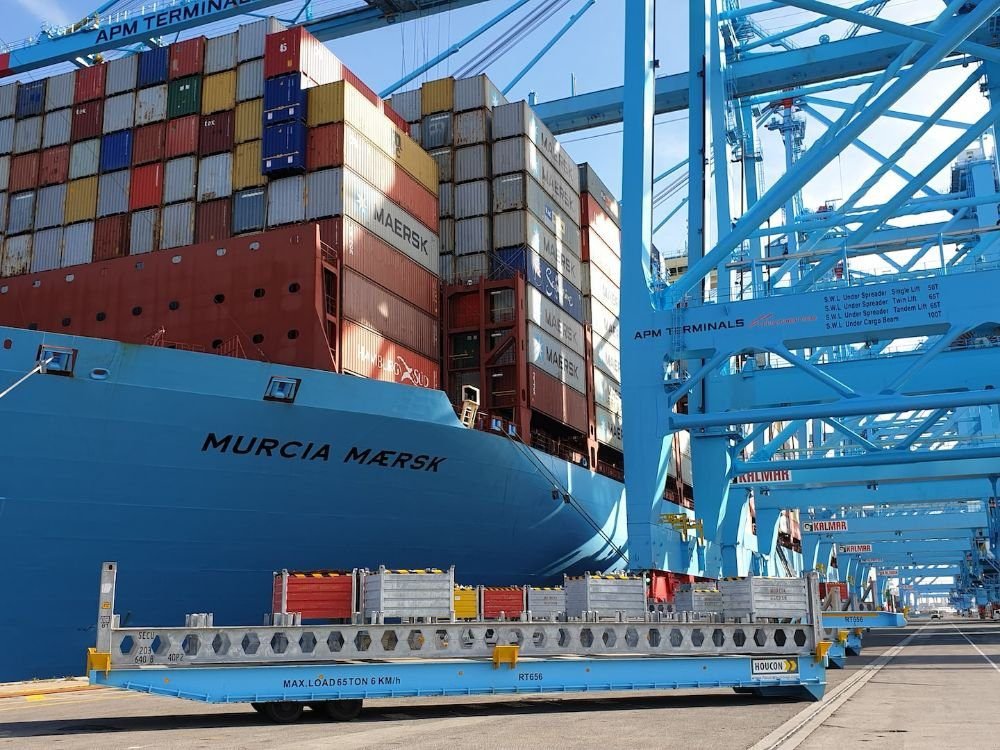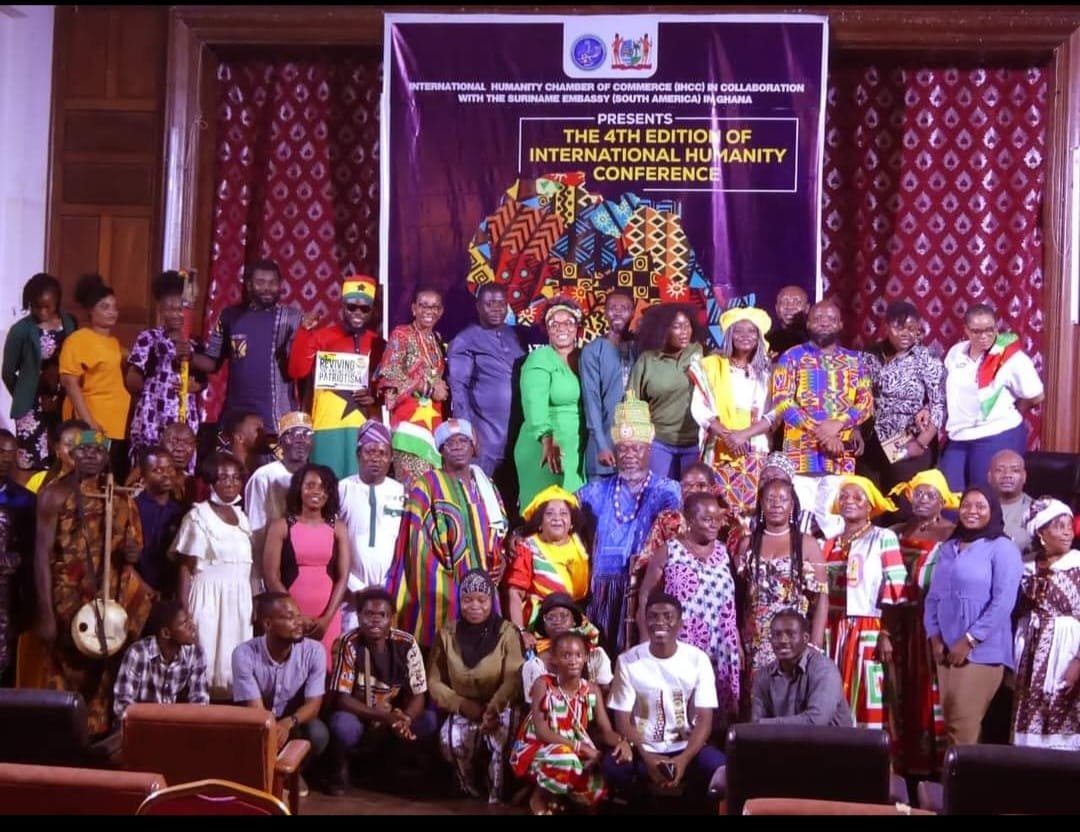
Introduction to Digital Administration
Digital administration represents a transformative approach to managing the multifaceted operations of municipalities. It goes beyond merely converting paper documents into digital formats; it involves a comprehensive, strategic overhaul of administrative processes to enhance efficiency, transparency, and service delivery. As municipalities navigate an era increasingly characterized by technological advancements, the move towards digital administration is not just beneficial but essential.
At its core, digital administration aims to streamline processes, reduce manual workloads, and ensure that public services are more accessible and responsive to the needs of citizens. By leveraging advanced technologies, municipalities can improve data management, facilitate better decision-making, and foster a more collaborative environment among various departments and stakeholders. This transition is a continuous journey, requiring a commitment to adopting new tools, training personnel, and constantly refining workflows.
The importance of document management systems (DMS) cannot be overstated in this context. These systems serve as the backbone of digital administration, enabling municipalities to store, retrieve, and manage documents efficiently. A robust DMS supports the secure handling of sensitive information, compliance with regulatory requirements, and the seamless integration of data across different platforms. This integration is crucial for creating a unified, coherent digital ecosystem where information flows effortlessly and accurately.
Moreover, fully integrated digital processes help in mitigating risks associated with data loss, unauthorized access, and operational disruptions. They provide a foundation for building smart cities, where technology enhances the quality of life for residents through improved public services, better infrastructure management, and more effective governance. By adopting digital administration, municipalities can set the stage for innovation, sustainability, and resilience in their operations.
This guide delves into five key solutions that are instrumental in achieving successful digital administration. Each solution is designed to address specific aspects of the administrative transformation, ensuring that municipalities can realize the full potential of their digital initiatives.
Solution 1: Implementing a Document Management System
Implementing a Document Management System (DMS) is a foundational step in modernizing municipal administration. A DMS serves as a critical tool for organizing, storing, and retrieving digital documents with efficiency and precision. In an era where digital transformation is paramount, municipalities can greatly benefit from adopting such systems to streamline their operations.
One of the primary advantages of a DMS is enhanced accessibility. Municipal staff can access necessary documents from any location, provided they have the appropriate permissions. This capability is particularly beneficial for remote work scenarios, enabling uninterrupted workflow and collaboration among team members. Furthermore, a DMS ensures that documents are readily available, reducing the time spent searching for specific records and improving overall productivity.
Security is another significant benefit of implementing a DMS. These systems come equipped with robust security features, including encryption, access controls, and audit trails. Such features are essential for protecting sensitive municipal data from unauthorized access and ensuring that all document handling processes comply with relevant regulations. By safeguarding critical information, municipalities can build trust with their constituents and avoid potential legal ramifications.
Compliance is a crucial aspect of municipal administration, and a DMS can facilitate adherence to various regulatory requirements. By maintaining organized and easily retrievable records, municipalities can ensure that they meet statutory obligations and are prepared for audits or inspections. Automated workflows within a DMS can also help in managing document retention schedules, thereby avoiding non-compliance due to overlooked documents.
Several municipalities have successfully implemented DMS solutions, witnessing substantial improvements in their administrative processes. For instance, the City of Boston adopted a DMS to manage its vast array of public records, resulting in faster response times to public records requests and enhanced transparency. Similarly, the City of Los Angeles implemented a DMS to streamline its document workflows, leading to significant cost savings and operational efficiencies.
In conclusion, the implementation of a Document Management System is a pivotal step for municipalities aiming to enhance their digital administration capabilities. With benefits ranging from improved accessibility and security to ensuring regulatory compliance, a DMS lays the groundwork for a more efficient and responsive municipal administration.
Solution 2: Transitioning to Electronic Files
Transitioning to electronic files represents a significant step towards modernizing municipal administration. By moving away from paper-based records, municipalities can leverage the full capabilities of a Document Management System (DMS) to enhance efficiency and reduce reliance on physical storage. The process begins with a comprehensive digitization strategy, requiring the careful scanning and indexing of existing paper documents.
Municipalities should start by conducting an inventory of their current paper documents to identify which records are essential and need to be digitized. This inventory allows for prioritization, ensuring that the most critical documents are converted first. Next, high-quality scanning equipment and Optical Character Recognition (OCR) software are essential tools in the digitization process, enabling the conversion of paper documents into searchable electronic files. Each document should be carefully indexed with relevant metadata to facilitate easy retrieval within the DMS.
Once digitized, the integration of these electronic files into the DMS is the next crucial step. This involves uploading the scanned documents into appropriate categories within the system, ensuring that they are easily accessible to authorized personnel. The DMS should provide robust search functionalities, enabling users to quickly locate documents using keyword searches, metadata, or full-text search capabilities.
The advantages of transitioning to electronic files are manifold. One of the most immediate benefits is the significant reduction in physical storage requirements. This not only frees up valuable office space but also reduces the costs associated with maintaining and securing physical records. Additionally, electronic files enhance document security through controlled access and audit trails, ensuring that sensitive information is protected.
Improved searchability is another key advantage. With electronic files, the time spent searching for documents is drastically reduced, leading to more efficient workflows and faster decision-making. Moreover, the ability to share documents electronically streamlines collaboration among departments, fostering a more integrated and responsive municipal administration.
In conclusion, the transition to electronic files is a critical component of digital administration, offering numerous benefits that enhance the overall efficiency and functionality of municipal operations.
Solution 3: Digitizing Internal Administrative Processes
Digitizing internal administrative processes is a pivotal step in the journey toward true digital transformation for municipalities. This involves converting traditional paper-based workflows into streamlined, automated digital workflows. A workflow, in this context, refers to a logically connected sequence of tasks that culminate in achieving specific administrative goals. By redesigning these processes, municipalities can eliminate media disruptions and fully leverage the benefits of digital technologies.
For instance, consider the process of handling municipal permits. Traditionally, this might involve multiple steps, including filling out paper forms, submitting them in person, and waiting for manual reviews and approvals. By digitizing this workflow, municipalities can create online forms that residents can fill out and submit electronically. Automated systems can then route these forms to the appropriate departments for review and approval, significantly reducing processing time.
Another practical example is the digitization of document management systems. Instead of storing documents in physical file cabinets, municipalities can use cloud-based storage solutions. This not only saves physical space but also enhances security and accessibility. Authorized personnel can access documents from anywhere, at any time, and track changes in real-time, improving collaboration and decision-making processes.
Moreover, digitizing internal processes can lead to better data management and analytics. Digital systems can automatically collect and analyze data, providing insights that help municipalities make informed decisions. For example, by analyzing data from digital permit applications, municipalities can identify trends and bottlenecks, enabling them to refine processes and improve services.
Overall, the digitization of internal administrative processes not only enhances efficiency and effectiveness but also sets the foundation for a more responsive and transparent municipal administration. By embracing digital workflows, municipalities can better serve their communities, adapt to changing needs, and ensure sustainable growth.
Solution 4: Integrating Digital Tools and Technologies
In the realm of modern municipal administration, the integration of diverse digital tools and technologies is crucial to enhancing operational efficiency and service delivery. A holistic approach to digital administration involves leveraging solutions such as electronic signatures, automated data entry, and cloud-based collaboration platforms. These technologies not only streamline processes but also foster a more transparent and responsive government.
Electronic signatures, for instance, play a pivotal role in expediting administrative tasks by eliminating the need for physical document handling. They ensure authenticity, integrity, and non-repudiation of documents, which is essential in maintaining public trust. Automated data entry systems further complement this by reducing human error and accelerating the processing of large volumes of data. These systems can effectively manage everything from citizen records to financial transactions, thereby freeing up valuable time and resources for other critical tasks.
Cloud-based collaboration platforms represent another cornerstone of digital integration. These platforms enable real-time communication and collaboration among municipal staff, irrespective of their geographical locations. By providing a centralized repository for documents and data, cloud solutions facilitate seamless information sharing and enhance decision-making processes. Additionally, they offer scalability and flexibility, allowing municipalities to adapt quickly to changing needs and demands.
The success of these digital tools, however, hinges on their interoperability and seamless integration. Municipalities must ensure that their digital infrastructure supports a cohesive environment where different systems and applications can communicate and work together efficiently. This involves adopting standardized protocols and investing in integration platforms that bridge the gap between disparate technologies. A well-integrated digital ecosystem not only improves operational efficiency but also enhances the overall citizen experience by providing more accessible and responsive services.
Solution 5: Ensuring Data Security and Compliance
In the realm of digital administration, ensuring data security and regulatory compliance is paramount. Municipalities handle sensitive information that, if compromised, could lead to severe consequences. Therefore, adopting robust data security measures is not just a best practice but a necessity. One of the most effective ways to protect data is through encryption. Encryption transforms data into a secure format that can only be accessed by individuals with the appropriate decryption key. This ensures that even if data is intercepted, it remains unreadable to unauthorized parties.
Access controls are another critical component of data security. Implementing stringent access controls means that only authorized personnel can access certain information. This can be achieved through multi-factor authentication (MFA), role-based access controls (RBAC), and regular monitoring of access logs. By restricting access to sensitive data, municipalities can significantly reduce the risk of data breaches.
Regular audits are indispensable for maintaining data security and compliance. Audits help identify vulnerabilities and ensure that the implemented security measures are functioning effectively. They also provide an opportunity to stay updated with the latest security protocols and compliance requirements. Conducting regular security audits can thus preempt potential security threats and reinforce the overall security posture.
Adhering to legal and regulatory frameworks is equally crucial. Municipalities must comply with laws such as the General Data Protection Regulation (GDPR) and the Health Insurance Portability and Accountability Act (HIPAA), depending on the type of data they handle. These regulations stipulate specific requirements for data protection, including how data should be collected, stored, and processed. Non-compliance can result in hefty fines and damage to the municipality’s reputation.
In summary, ensuring data security and regulatory compliance involves a multi-faceted approach. By implementing encryption, access controls, and regular audits, and by adhering to relevant legal frameworks, municipalities can safeguard their digital infrastructure and maintain the trust of their constituents.
Practical Approaches and Success Stories
Across the globe, various municipalities have embarked on the journey of digital administration, each facing unique challenges and devising innovative solutions to overcome them. A common denominator among these municipalities is their commitment to leveraging technology to enhance service delivery and operational efficiency. This section delves into practical approaches and success stories that exemplify the transformative power of digital solutions in municipal governance.
One notable example is the city of Barcelona, which has implemented a comprehensive smart city strategy. By integrating IoT (Internet of Things) sensors and data analytics, Barcelona has optimized traffic management, reduced energy consumption, and improved public services. The city’s Urban Platform collects and analyzes data from various sources, enabling real-time decision-making and fostering a more responsive urban environment. This initiative has not only enhanced the quality of life for residents but also positioned Barcelona as a leader in digital transformation.
In a different context, the municipality of Tallinn, Estonia, has become a pioneer in e-governance. Tallinn’s approach centers on the X-Road, a secure data exchange layer that connects various governmental databases and services. This infrastructure facilitates seamless communication and data sharing among different departments, significantly reducing paperwork and administrative bottlenecks. As a result, citizens can access a wide range of services online, from tax filing to healthcare, exemplifying the efficiency and convenience of digital administration.
Closer to home, the town of Cary, North Carolina, has embraced a data-driven approach to water management. By deploying smart water meters and advanced analytics, Cary has achieved a substantial reduction in water waste and improved resource management. The real-time data provided by these meters allows for prompt detection and repair of leaks, ensuring sustainable water usage and cost savings for the municipality.
These success stories underscore the potential of digital solutions to revolutionize municipal administration. By learning from these examples, other municipalities can navigate their digital transformation journeys more effectively, ultimately delivering better services to their citizens and fostering sustainable urban development.
Conclusion and Future Outlook
As digital administration becomes increasingly pivotal for municipalities, adopting a strategic and continuous approach is crucial. This guide has outlined five key solutions that can significantly enhance administrative efficiency and effectiveness: digital document management, online public services, cybersecurity measures, data analytics, and citizen engagement platforms. Each of these solutions addresses specific challenges and provides municipalities with the tools needed to streamline operations and improve service delivery.
Digital document management simplifies the organization and retrieval of essential records, reducing time and resource expenditure. Online public services offer citizens the convenience of accessing municipal services remotely, fostering a more inclusive and responsive governance model. Cybersecurity measures ensure the protection of sensitive data against potential threats, safeguarding public trust. Data analytics provides valuable insights into various aspects of municipal operations, enabling informed decision-making. Lastly, citizen engagement platforms strengthen the connection between municipalities and their constituents, promoting transparency and participation.
Looking towards the future, the landscape of digital technologies will continue to evolve, presenting new opportunities for municipalities to enhance their administrative capabilities. Emerging technologies such as artificial intelligence, blockchain, and the Internet of Things (IoT) hold significant potential to revolutionize municipal operations. For instance, AI can automate routine tasks, freeing up staff to focus on more strategic activities, while blockchain can enhance the security and transparency of transactions and records. IoT devices can provide real-time data on infrastructure and public services, enabling proactive maintenance and resource management.
In conclusion, municipalities must remain proactive in their digital transformation efforts. By embracing the five key solutions discussed and staying abreast of technological advancements, they can achieve greater efficiency, security, and citizen satisfaction. The journey towards digital administration is continuous and dynamic, requiring a commitment to innovation and strategic planning. Municipalities are encouraged to take the first step towards embracing these solutions, ensuring they are well-equipped to meet the demands of the future.



























